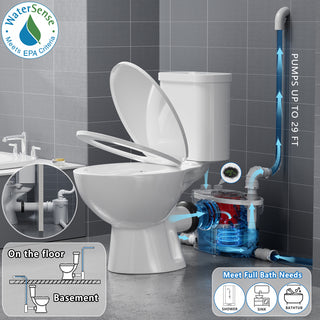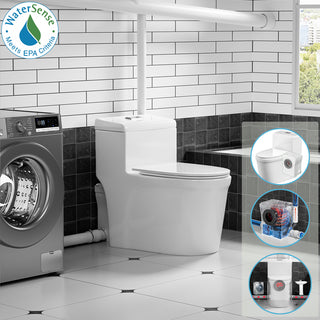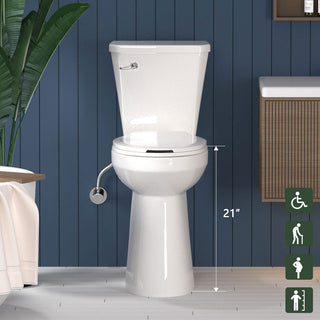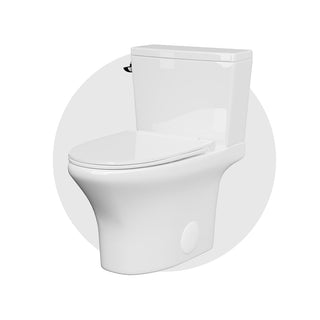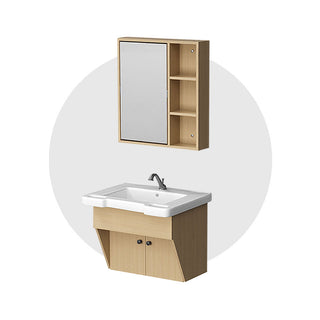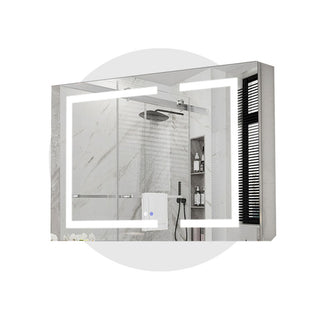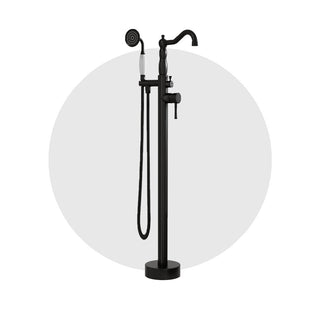Ⅰ. Introduction: Still Noisy? Not Anymore.
If you're considering a macerator toilet but worry about the noise, you're not alone. Early models did earn a reputation for being loud—but that was then. Thanks to significant design upgrades, most modern macerating toilets operate at or below 40 decibels—about as quiet as flipping through a book in a silent room.
In this article, we’ll explain where the sound comes from, what factors influence it, and how to ensure your macerator toilet runs as quietly as possible.
Ⅱ. How Macerator Toilets Work – and Where the Noise Comes From
Macerator toilets use a built-in pump and spinning blades to break down waste and push it through small-diameter plumbing. This process includes:
- Activation of the pump when the toilet is flushed
- Blades grinding solids into a slurry
- Pumping the mixture through the drain line
What you mainly hear is the pulsing sound of the pump. The Simple Project Upflush Toilet Systems use powerful macerator pumps—whether 500W, 600W, or 750W—that quickly and efficiently grind waste. The impeller and blades rotate together, allowing grinding and pumping to happen simultaneously, so the noise is very limited. Plus, the cycle is usually brief, lasting just a few seconds, and newer models have significantly improved noise reduction to keep sounds soft and unobtrusive.
Ⅲ. Are They Louder Than Standard Toilets?
Not necessarily. While gravity-flush toilets typically range from 35 to 45 dB, high-end macerator toilets now match or even beat this range, maintaining sound levels under 40 dB. For most users, the sound is barely noticeable—especially when compared to the convenience macerators offer in difficult plumbing scenarios.
Ⅳ. What Factors Influence the Sound Level?
Several factors determine how noisy a macerator toilet feels in real use:
- Product Design: Quality of the motor, blade speed, and built-in noise-reduction features
- Room Size & Acoustics: Small, tiled bathrooms can reflect sound more than carpeted or padded spaces
- Wall & Floor Materials: Thin walls and hard floors amplify noise, while softer materials absorb it
- Installation Quality: Loose fittings or direct contact with walls can cause vibration and echo
Ⅴ. Simple Project Macertator Toilet: Built with Quiet in Mind
The Simple Project Macerator Toilet System integrates several features to minimize sound:
- Rubber Sound-Dampening Pads: ncluded in the package and designed to be placed under the motor, these pads absorb vibrations at the source, preventing them from transferring to the floor or nearby walls.
- Rear Extension Hose: Moves the pump unit behind the wall for a quieter experience near the bowl.
- Optional Sound Insulation: For ultra-quiet setups, users can wrap the pump unit in acoustic foam or install a soundproofing box (DIY-friendly).
Ⅵ. Unusual Noise? It May Signal a Problem
❓Keeps Running (pump pulses more than 10 times without stopping): It means the water level keeps triggering the switch.
Fix: Check if the check valve is installed correctly or if connected fixtures (e.g., sinks/showers) are continuously draining.
❓Low Humming or Prolonged Motor Sound without Pumping: May indicate a blockage or dry running
Fix: Turn off power, open access panel, clear any obstructions
❓Rattling or Metal-on-Metal Sound: Could be caused by loose screws or poor installation
Fix: Tighten components, use anti-vibration pads, ensure unit doesn’t contact hard surfaces
Being aware of these signs allows you to act early and avoid costly repairs. Regular maintenance and occasional checks will keep things running smoothly.
Conclusion: Quieter Than You Think
Today’s macerator toilets are engineered to operate quietly and efficiently. With proper installation, thoughtful placement, and basic acoustic adjustments, they can be just as quiet—or quieter—than a standard toilet. And given their unique ability to install a bathroom almost anywhere, a few seconds of soft motor hum is a small price to pay.
Macerating Toilet FAQs
Q1: Is a macerating toilet noisy at night?
Modern units are quiet enough that they won’t disrupt sleep, especially when installed with noise-reducing features.
Q2: How can I make my macerator toilet quieter?
Use anti-vibration pads, place the unit behind the wall, and insulate it with acoustic material if needed.
Q3: What does 40 dB sound like in a bathroom?
It’s about the same as whispering or the sound of a quiet library—barely noticeable during normal household activity.


